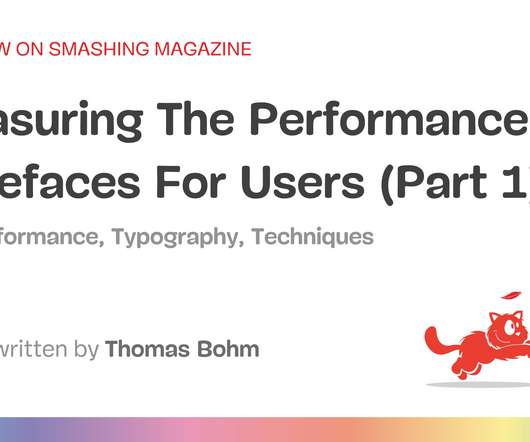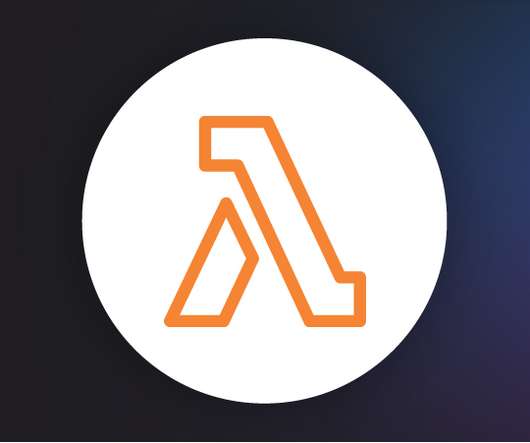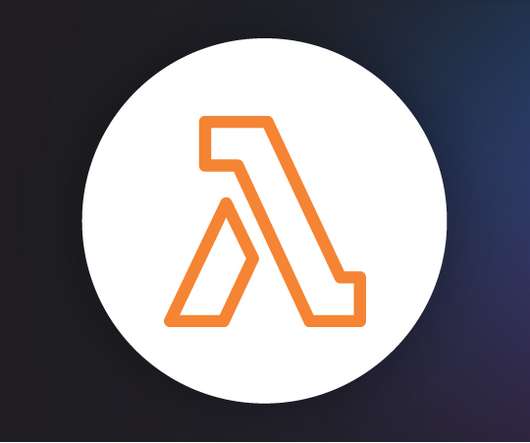What Adrian Did Next?—?Part 2?—?Sun Microsystems
Adrian Cockcroft
JUNE 21, 2022
Another big jump, but now it was my job to run benchmarks in the lab, and write white papers that explained the new products to the world, as they were launched. I was mostly coding in C, tuning FORTRAN, and when I needed to do a lot of data analysis of benchmark results used the S-PLUS statistics language, that is the predecessor to R.


















Let's personalize your content